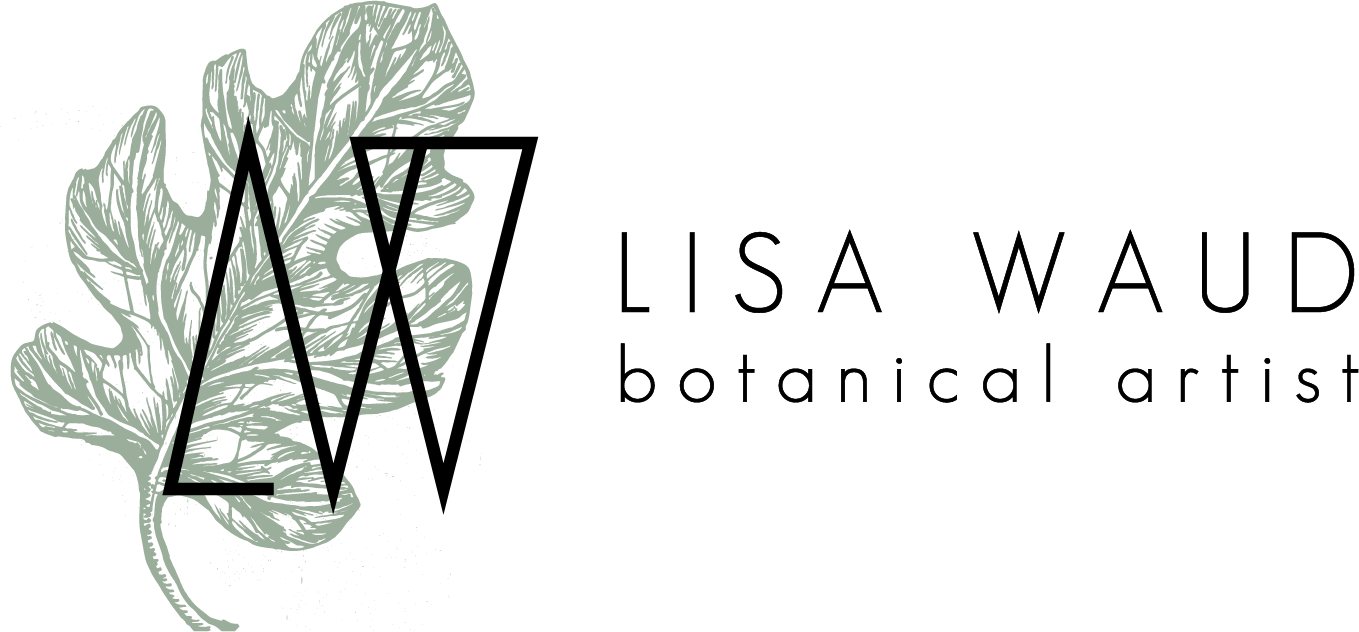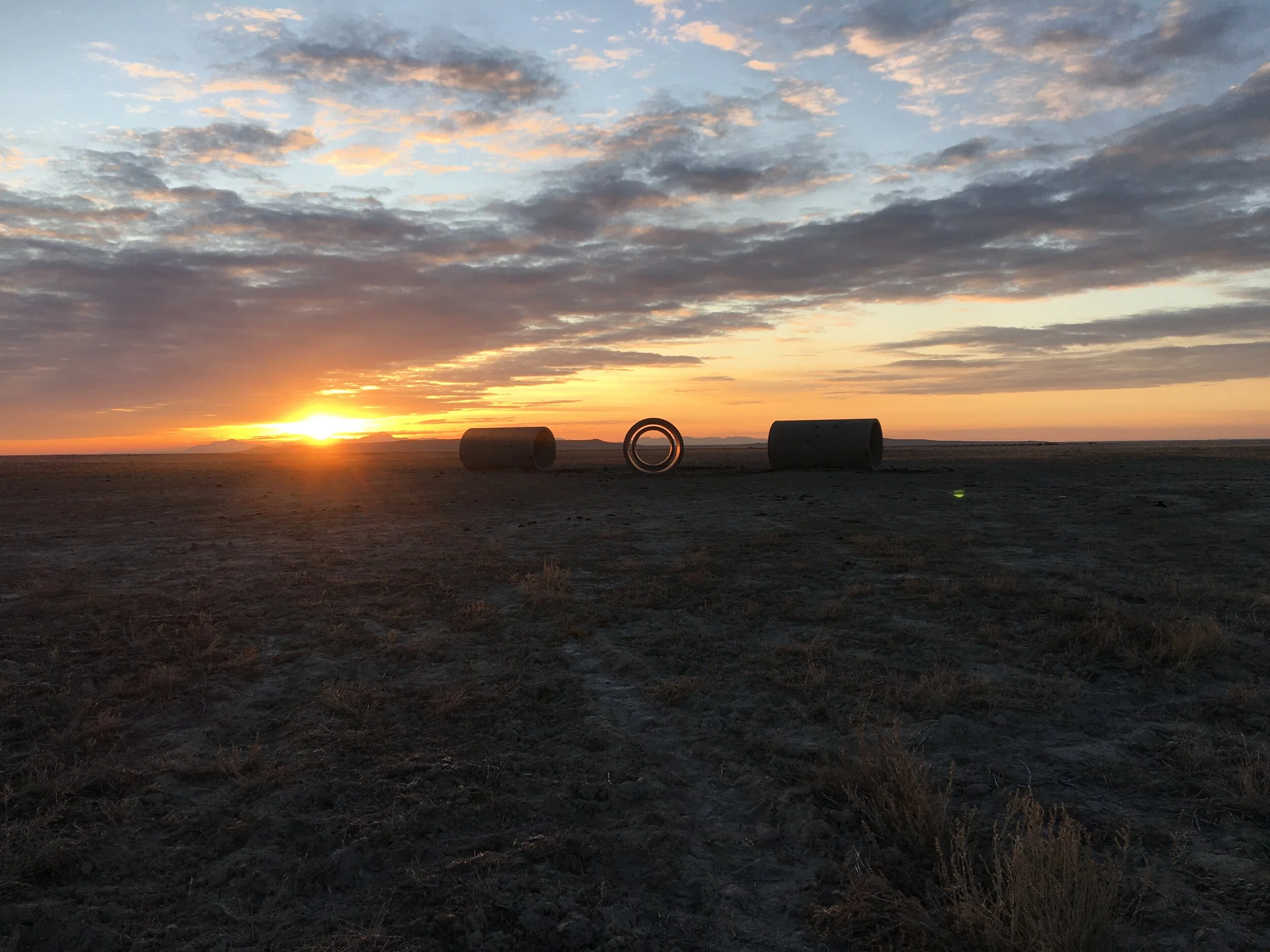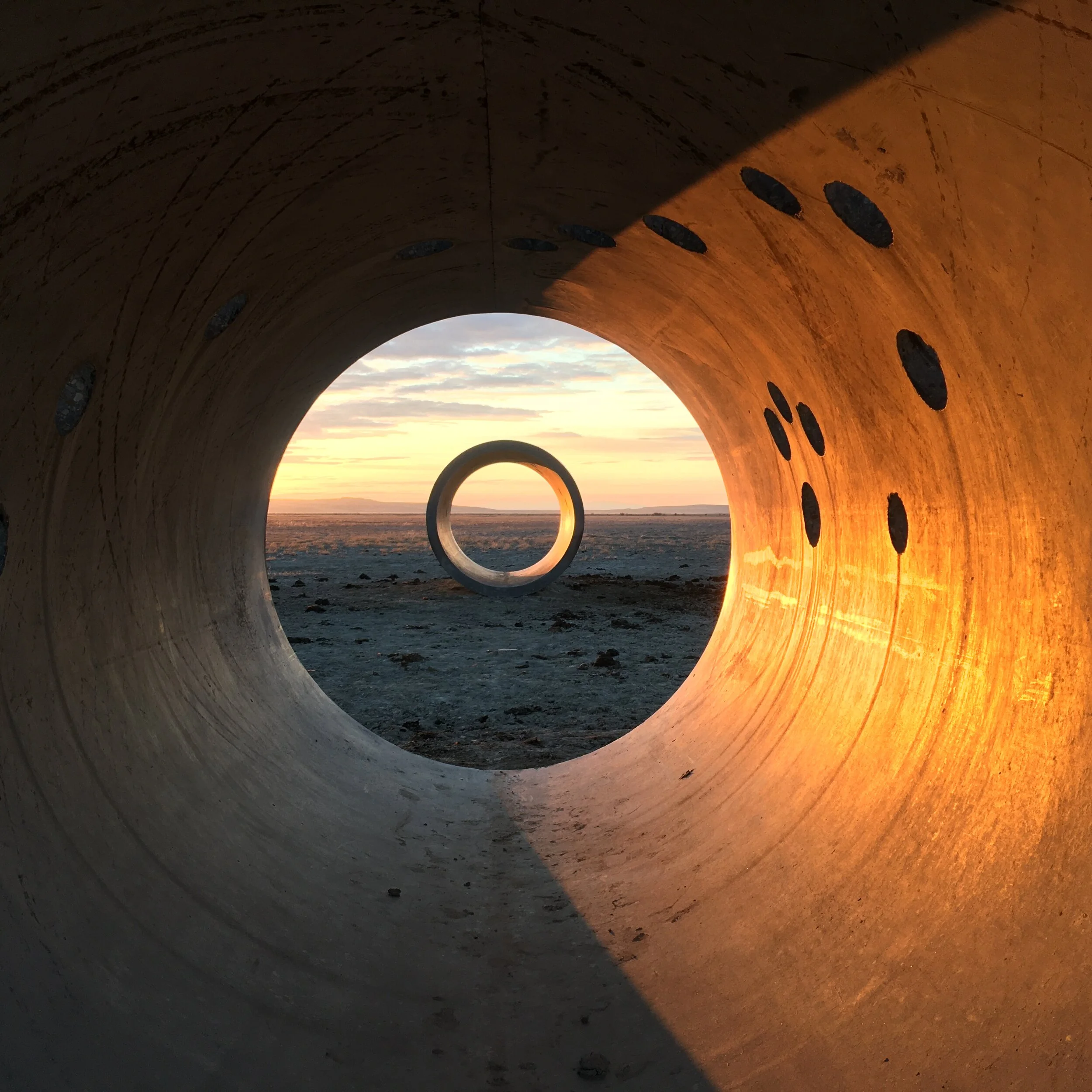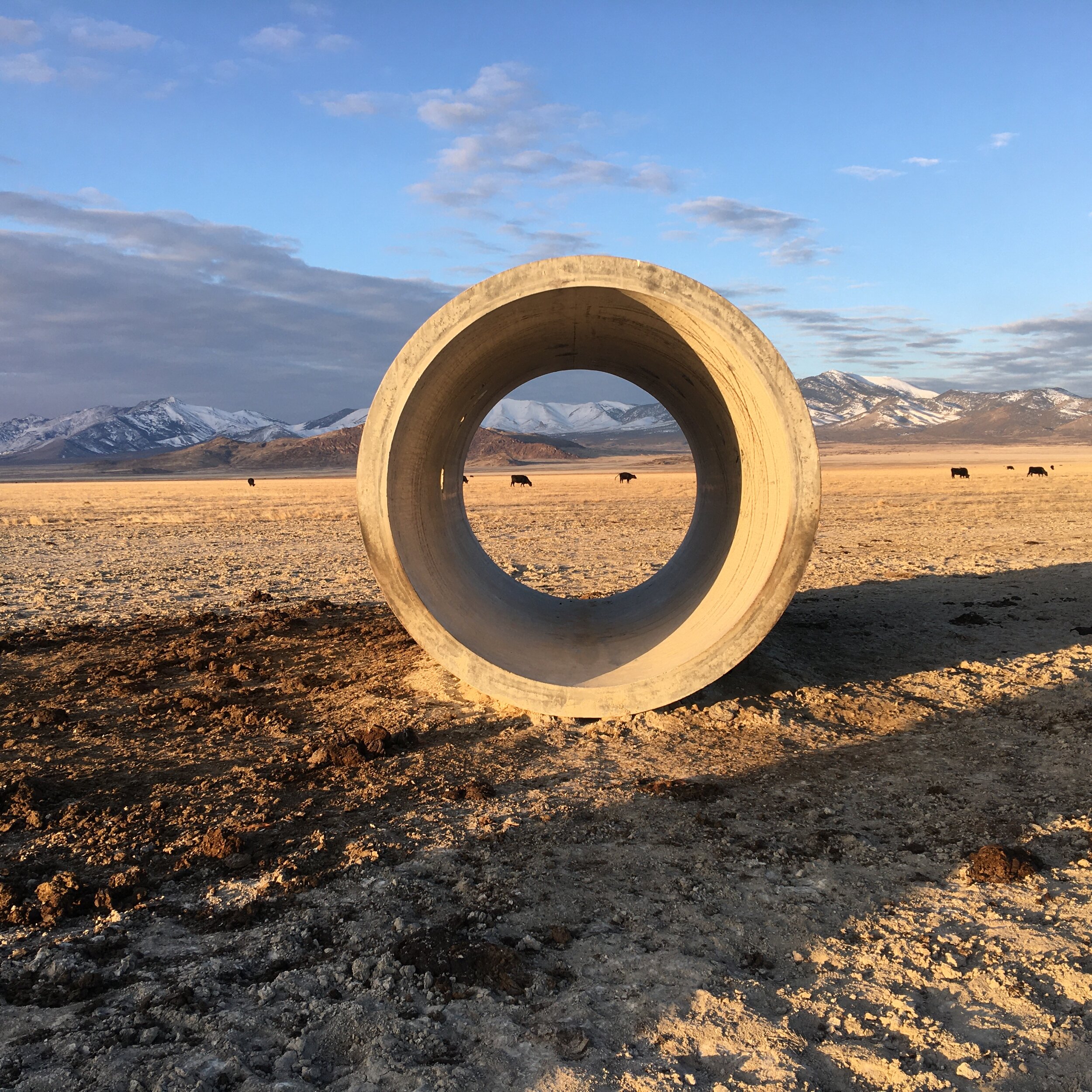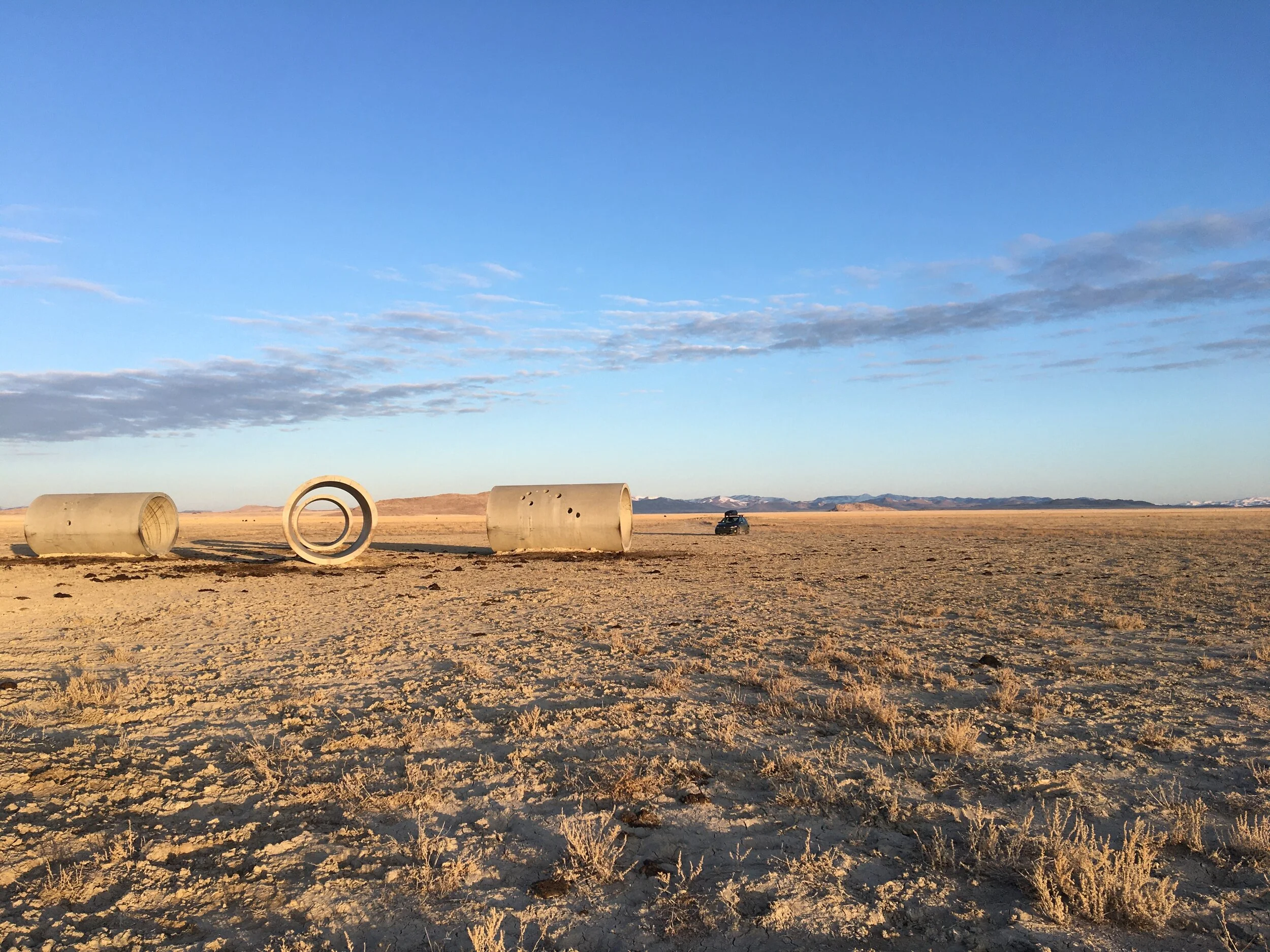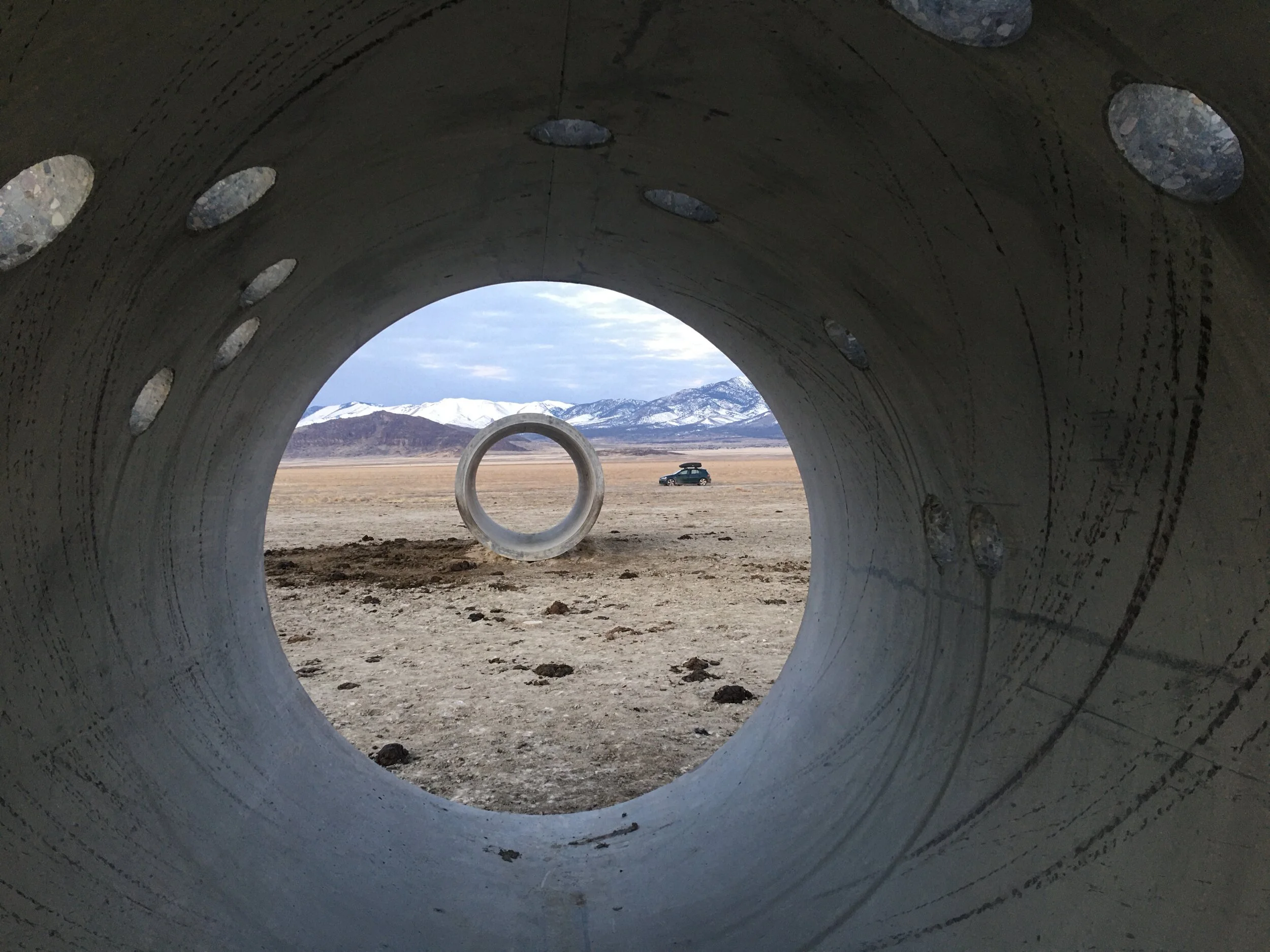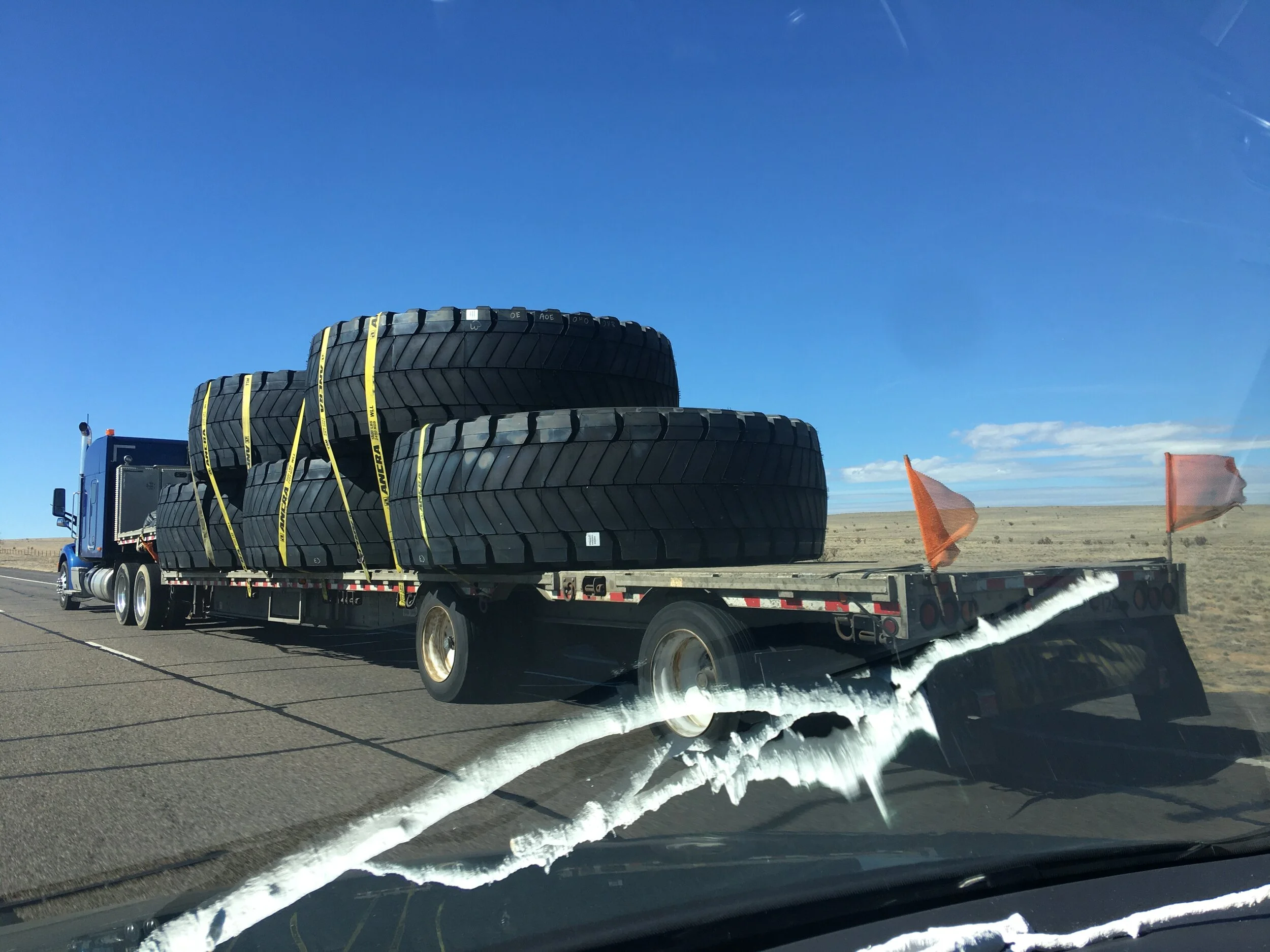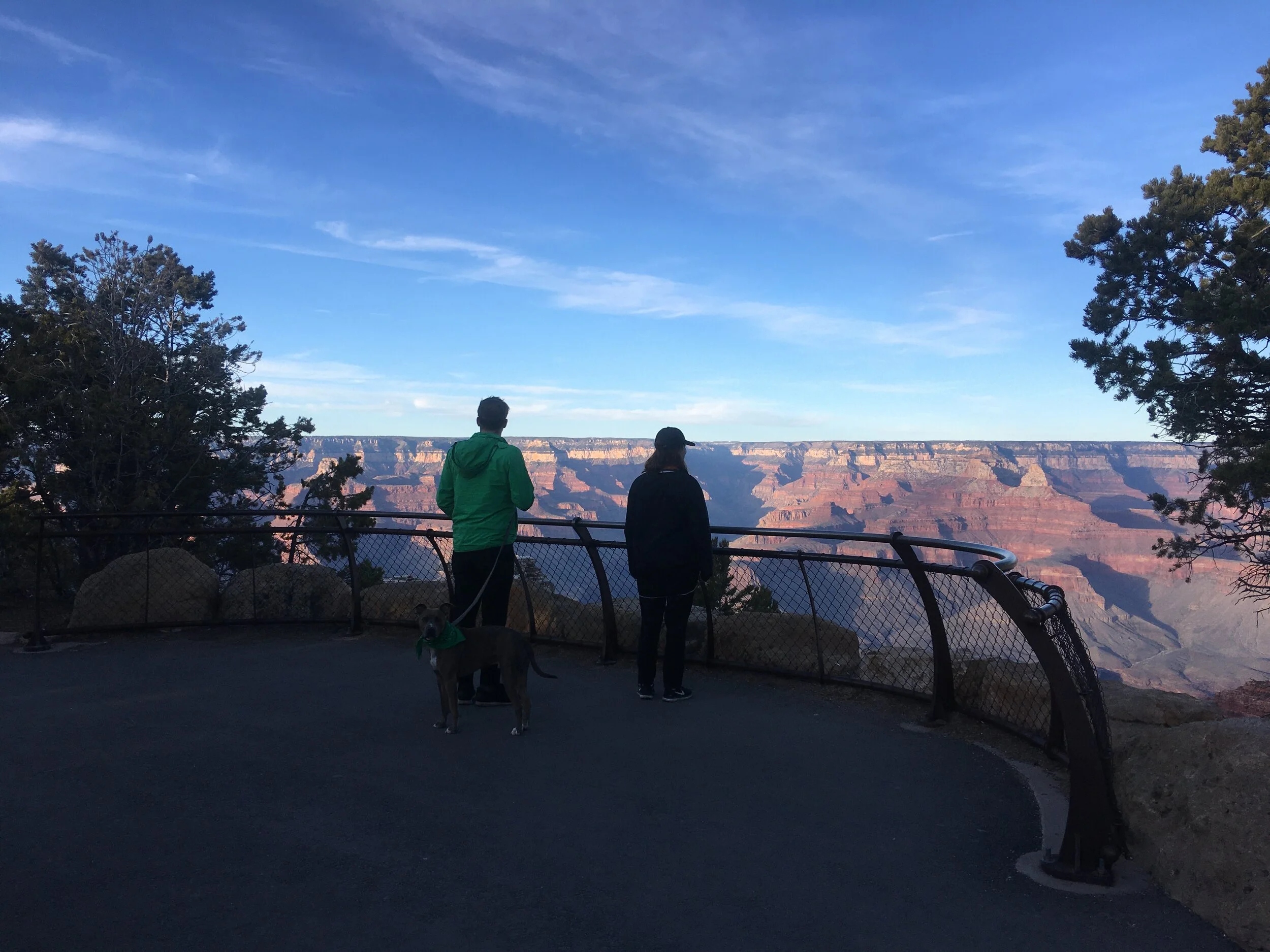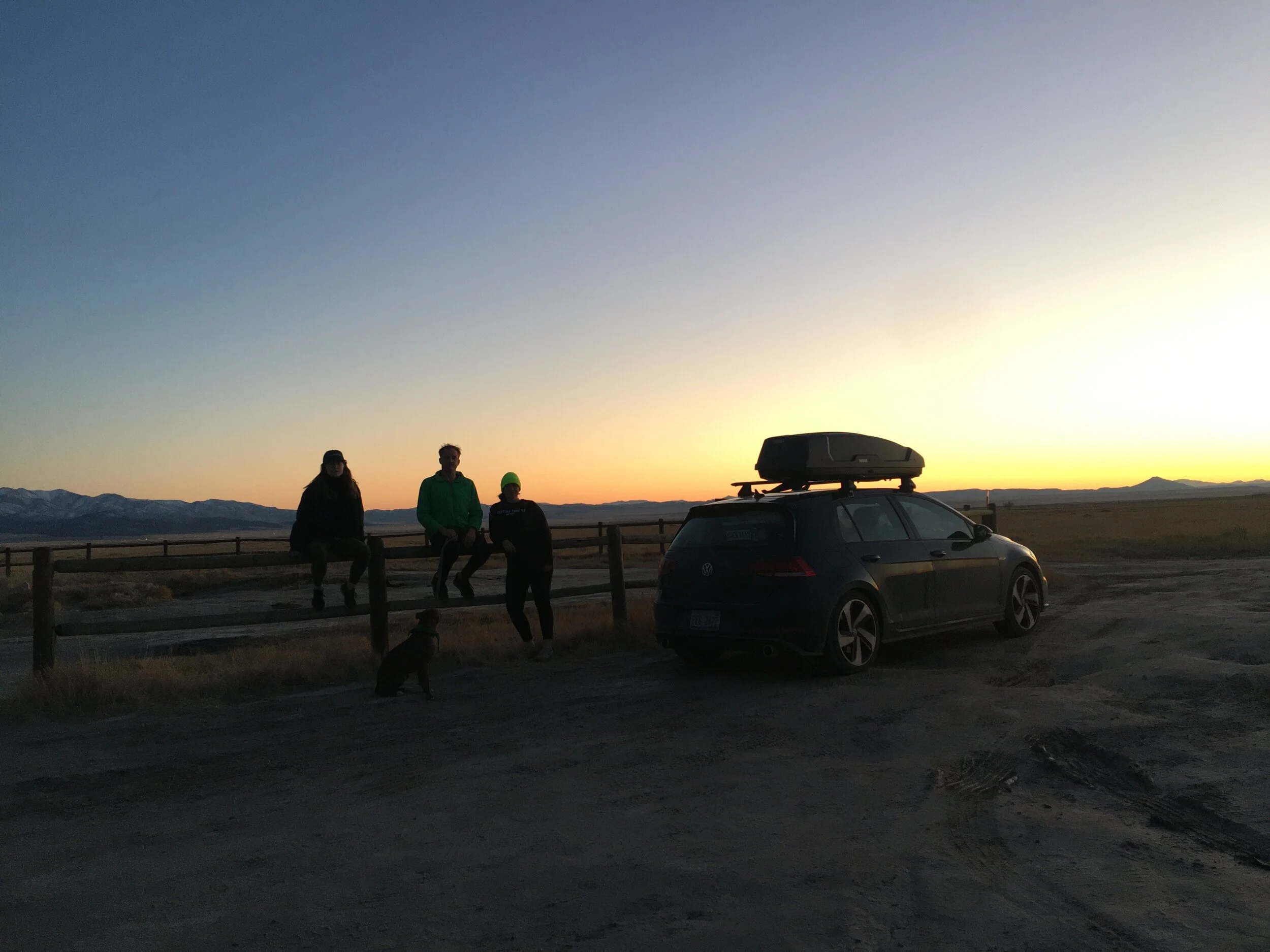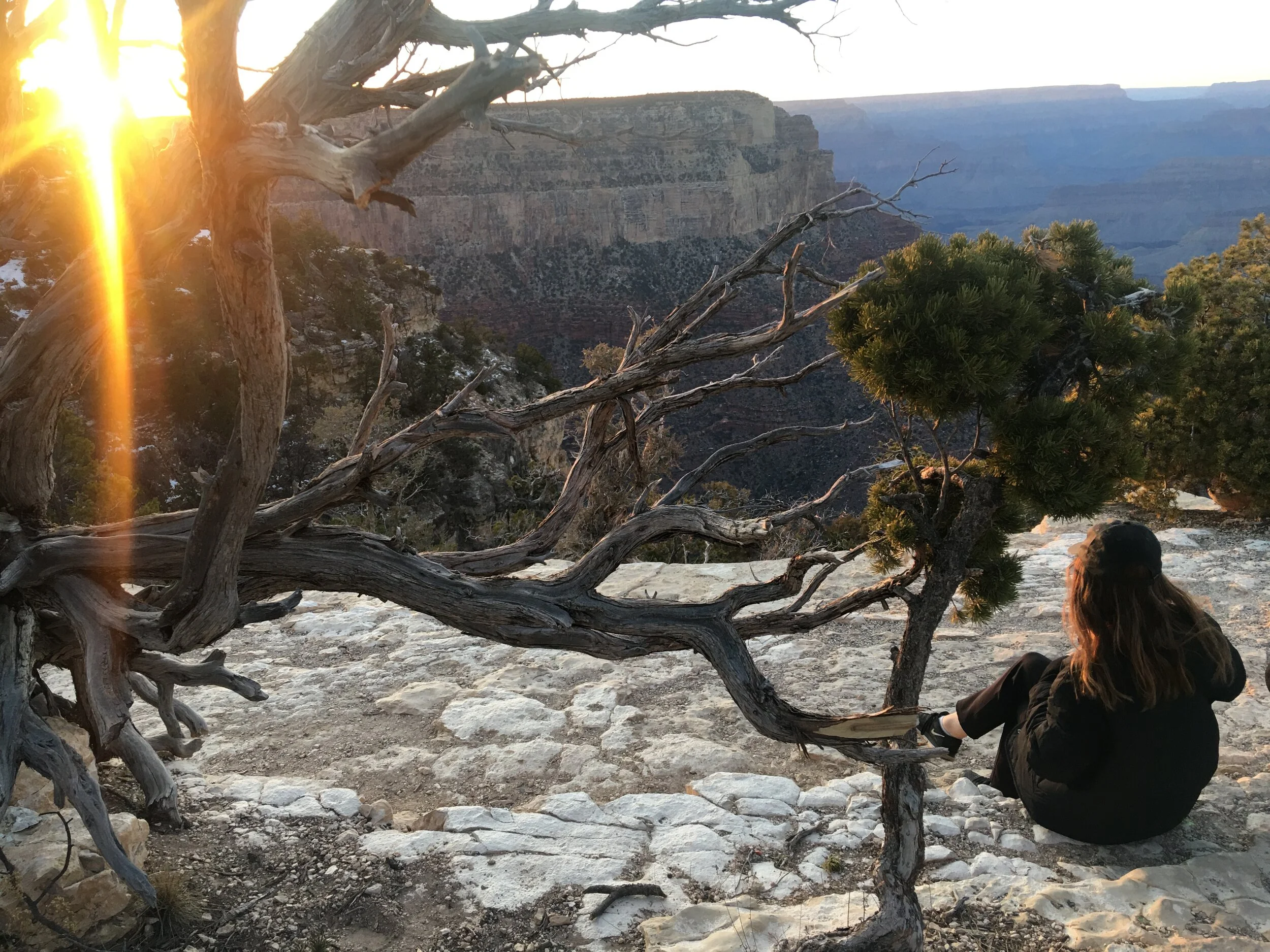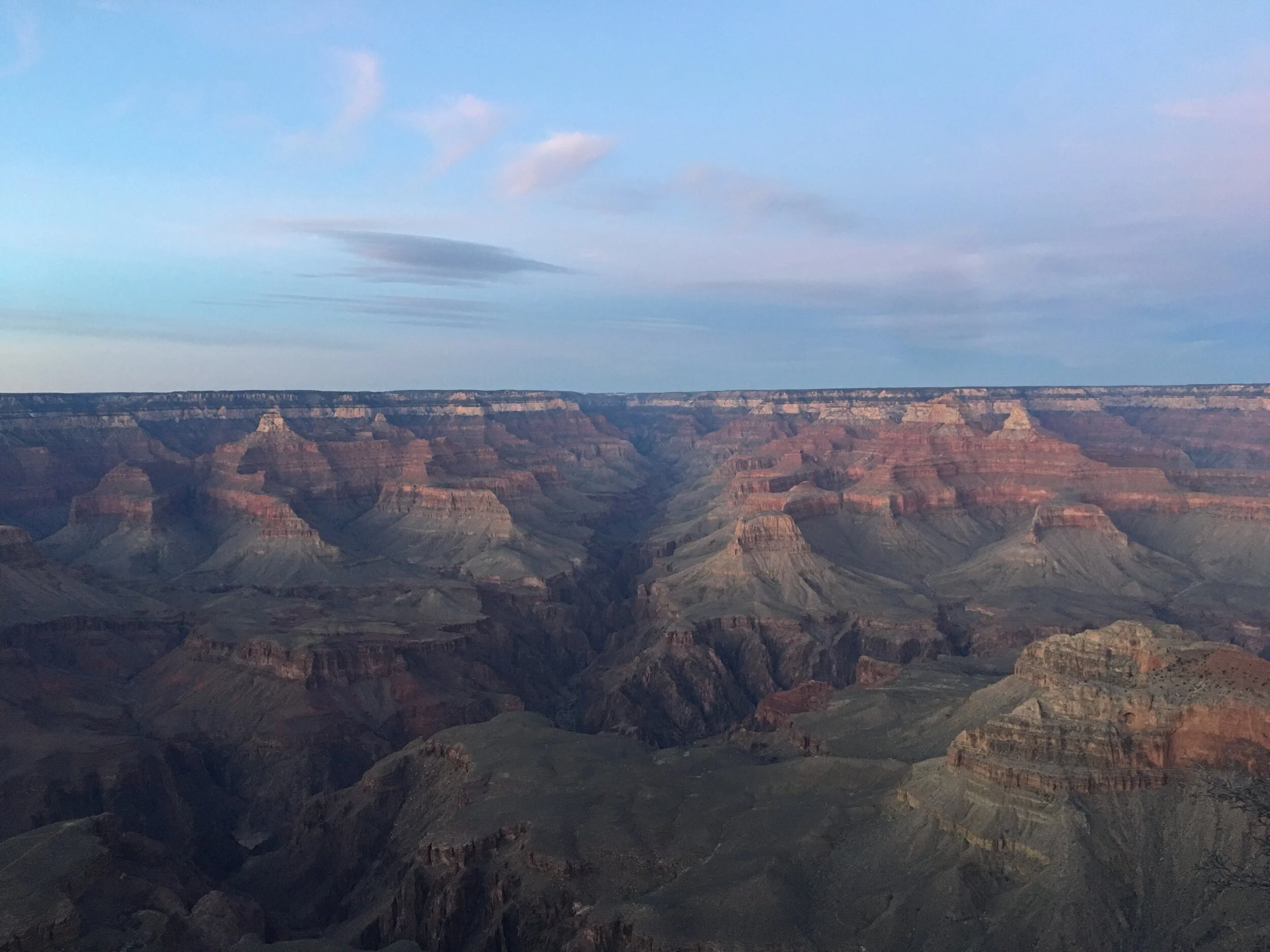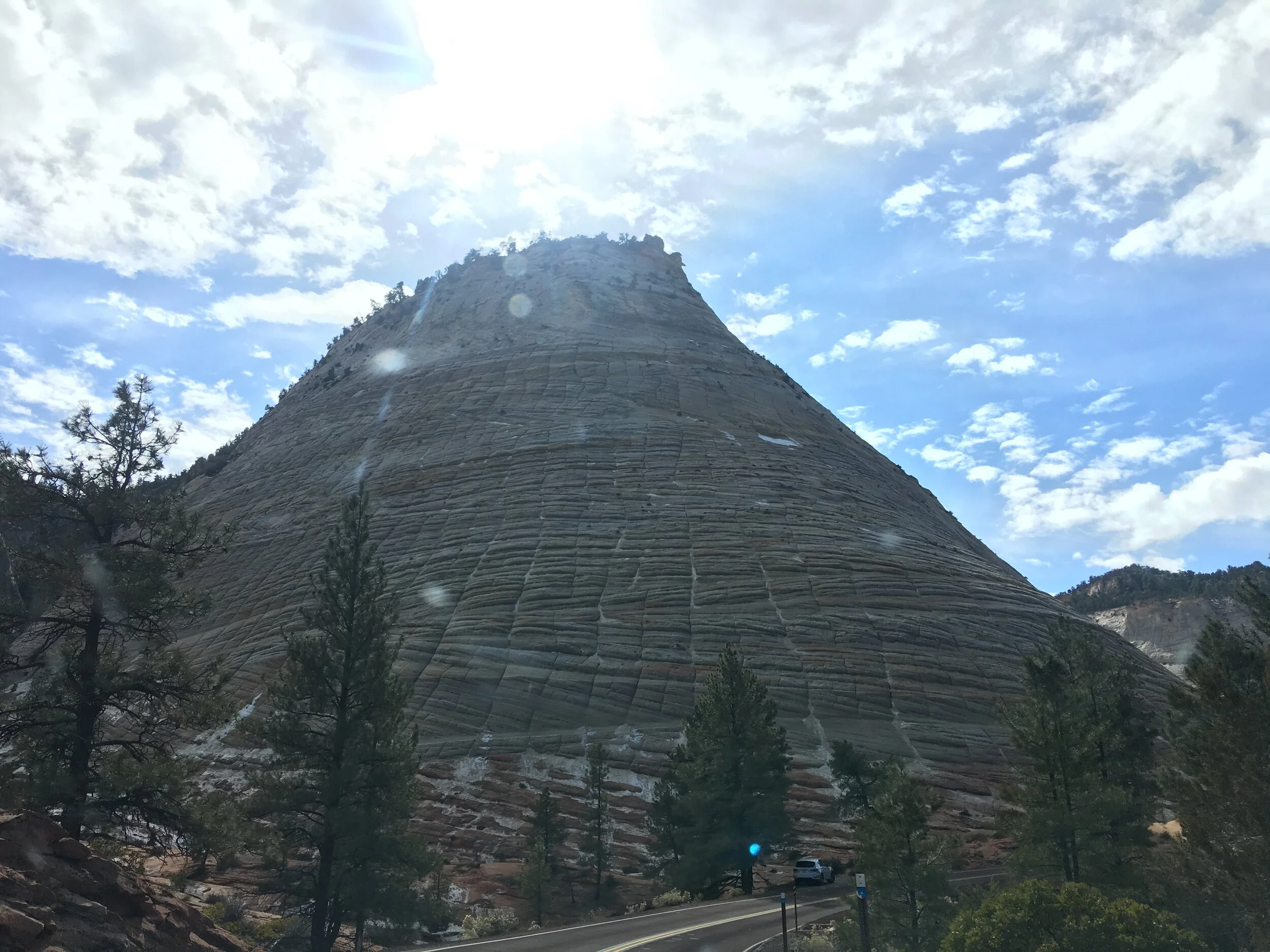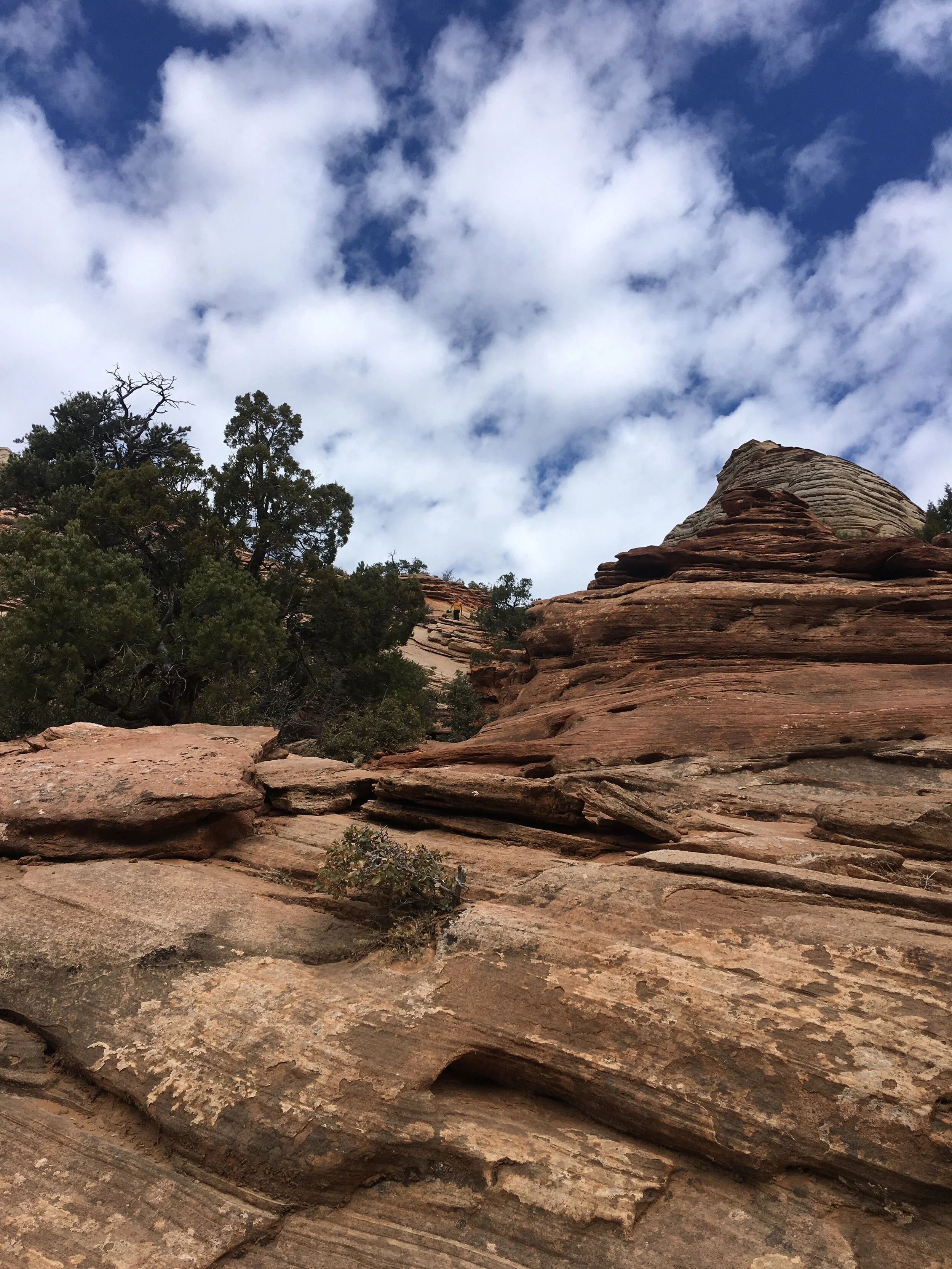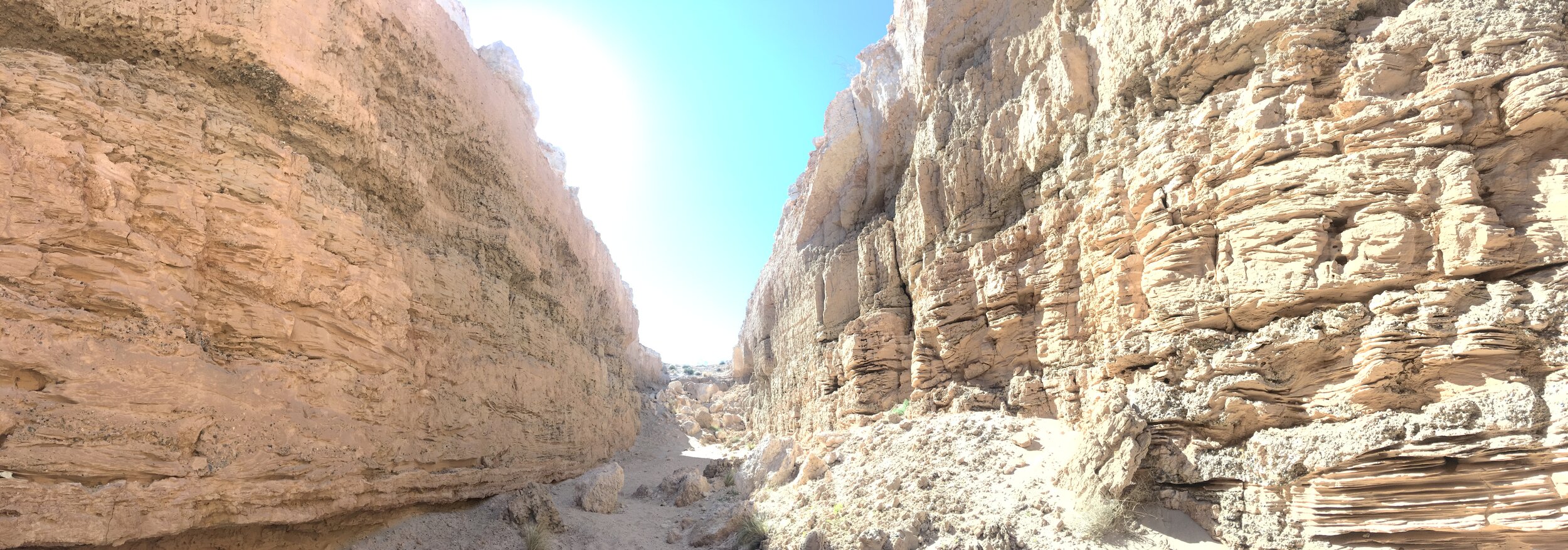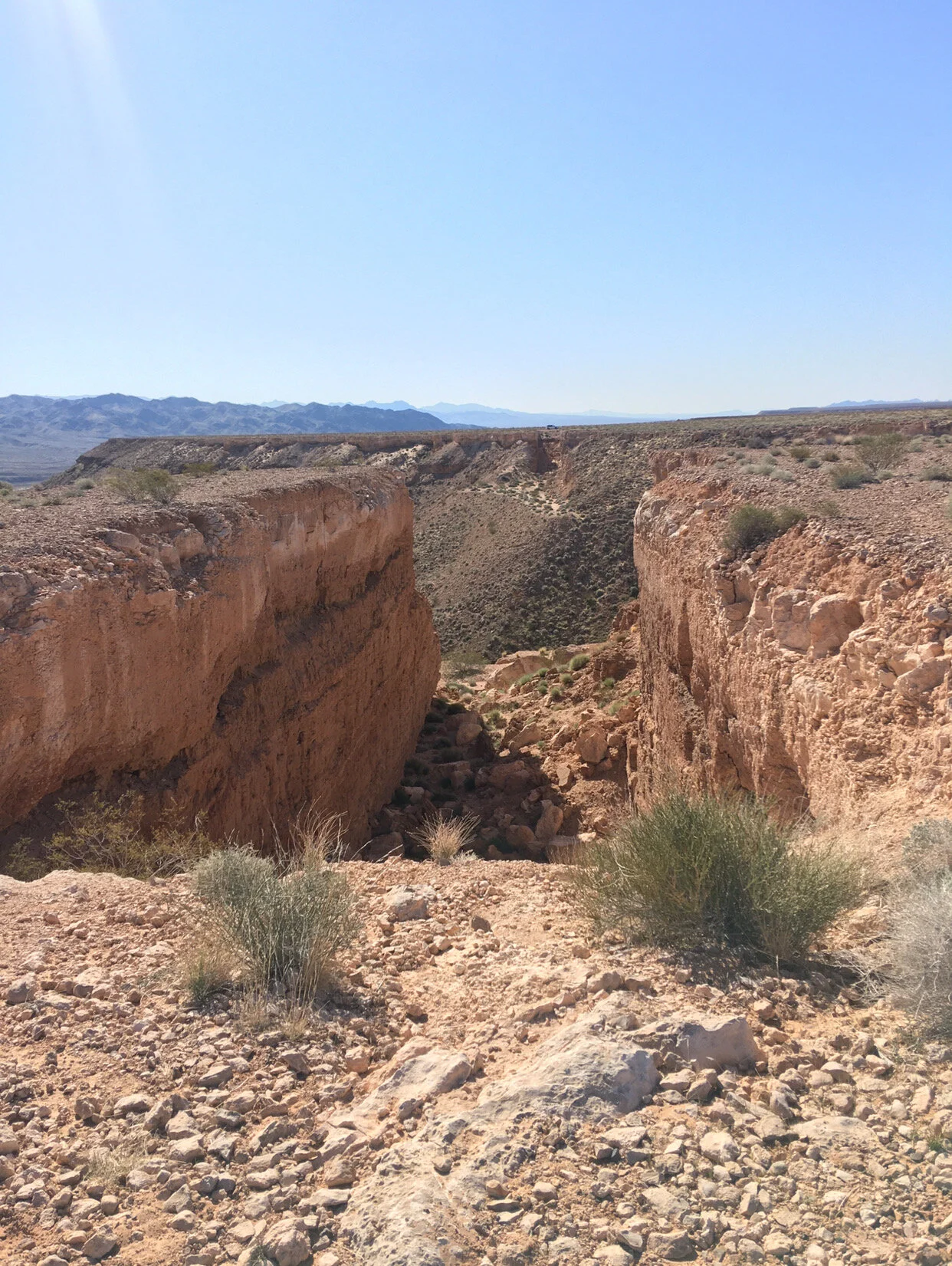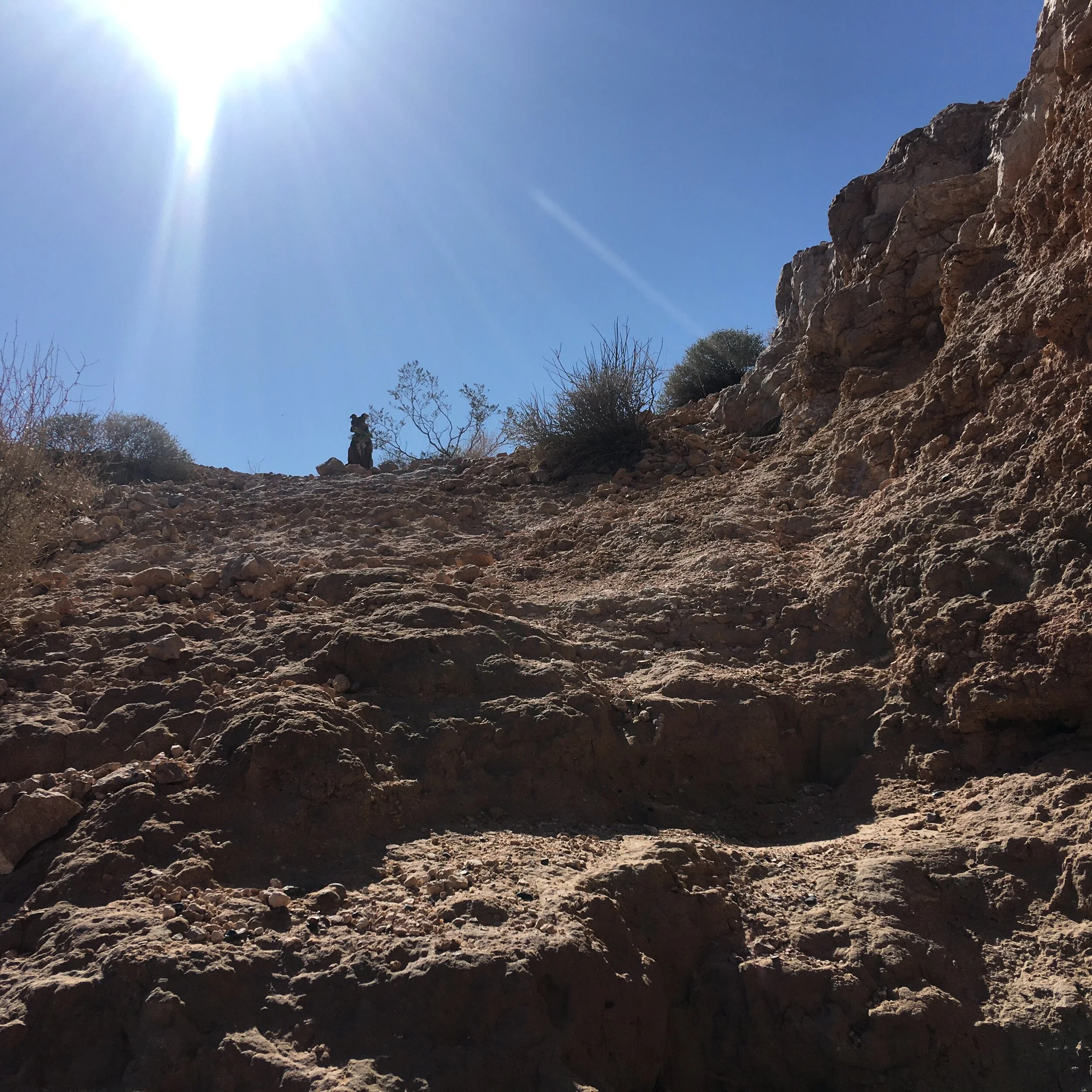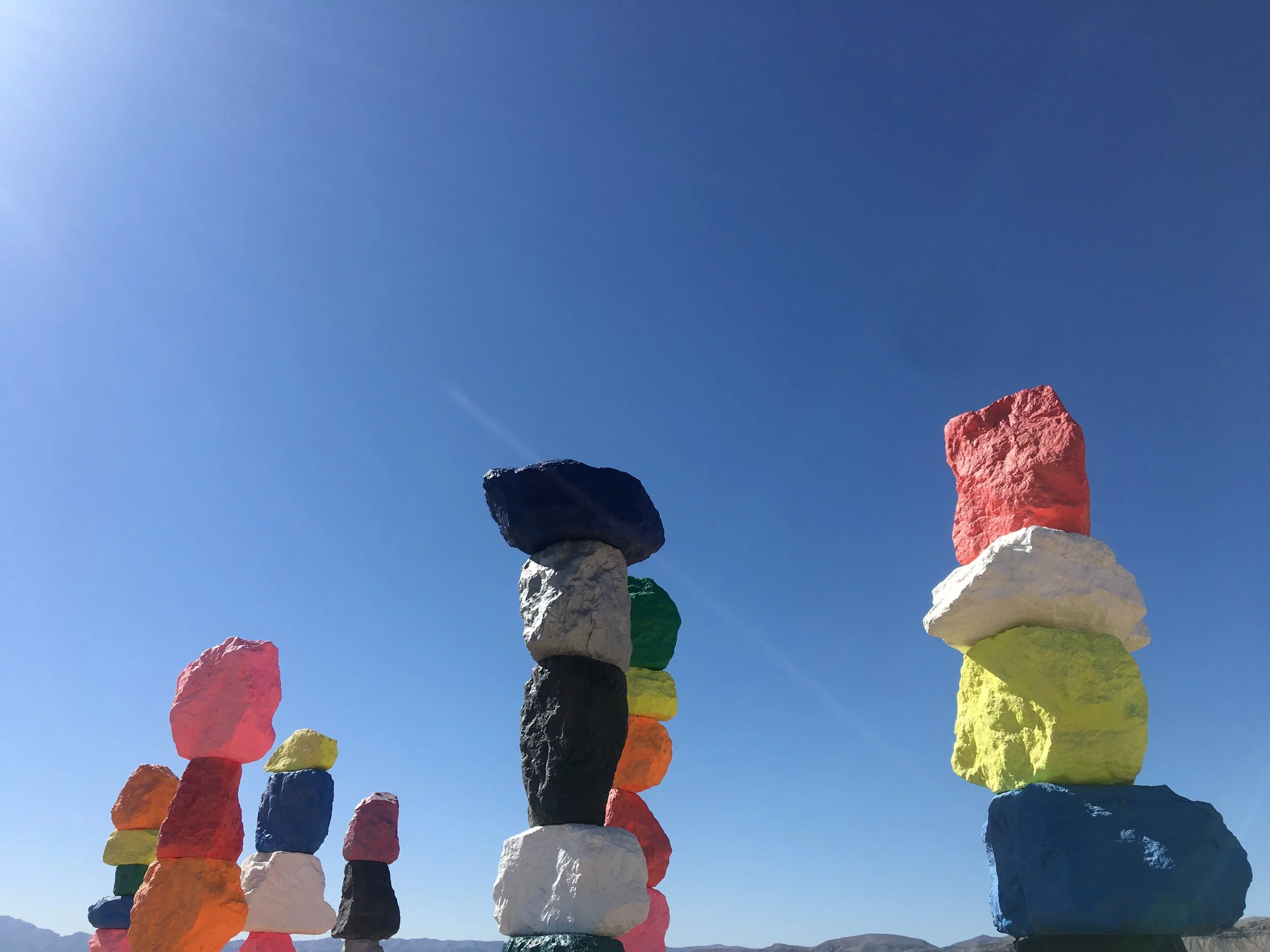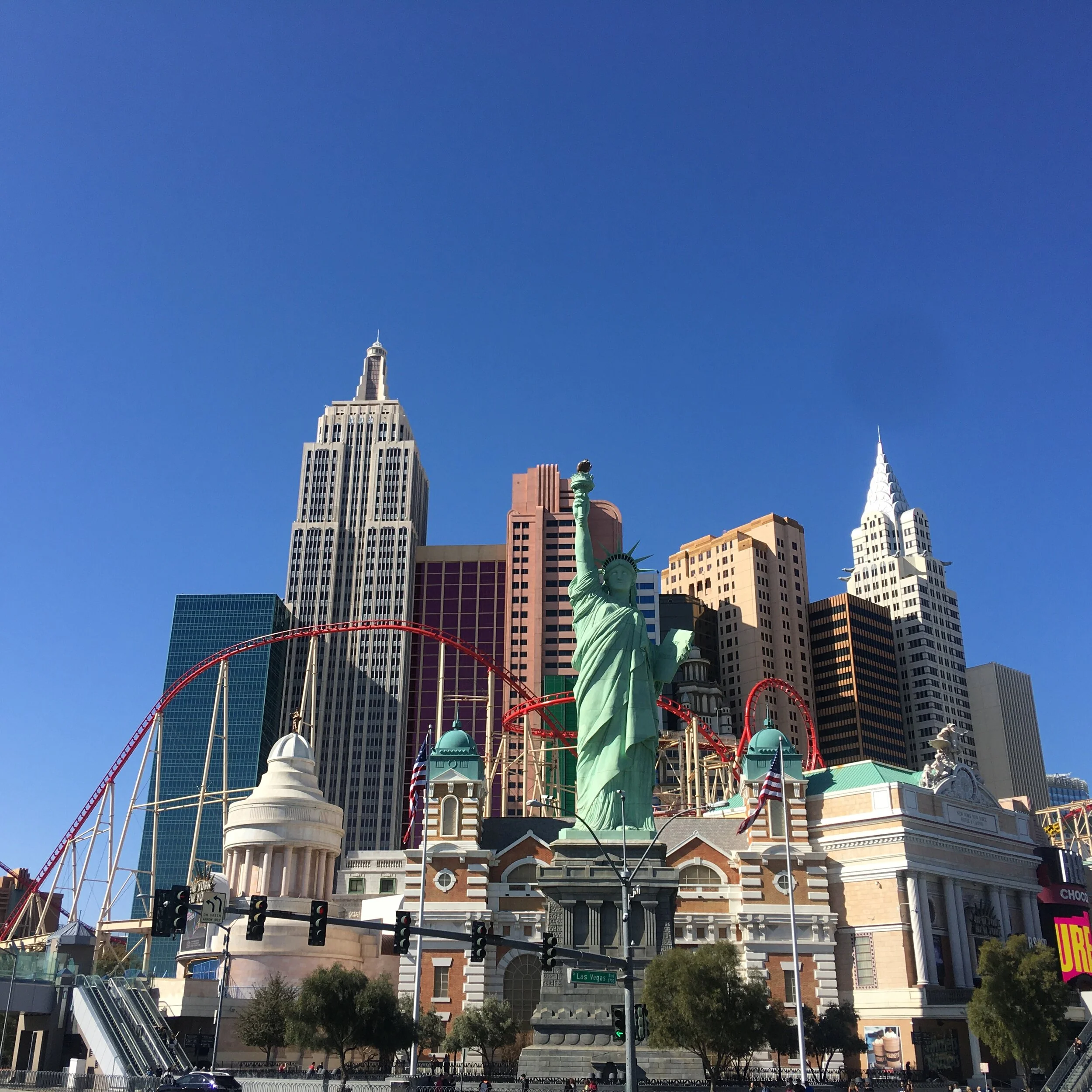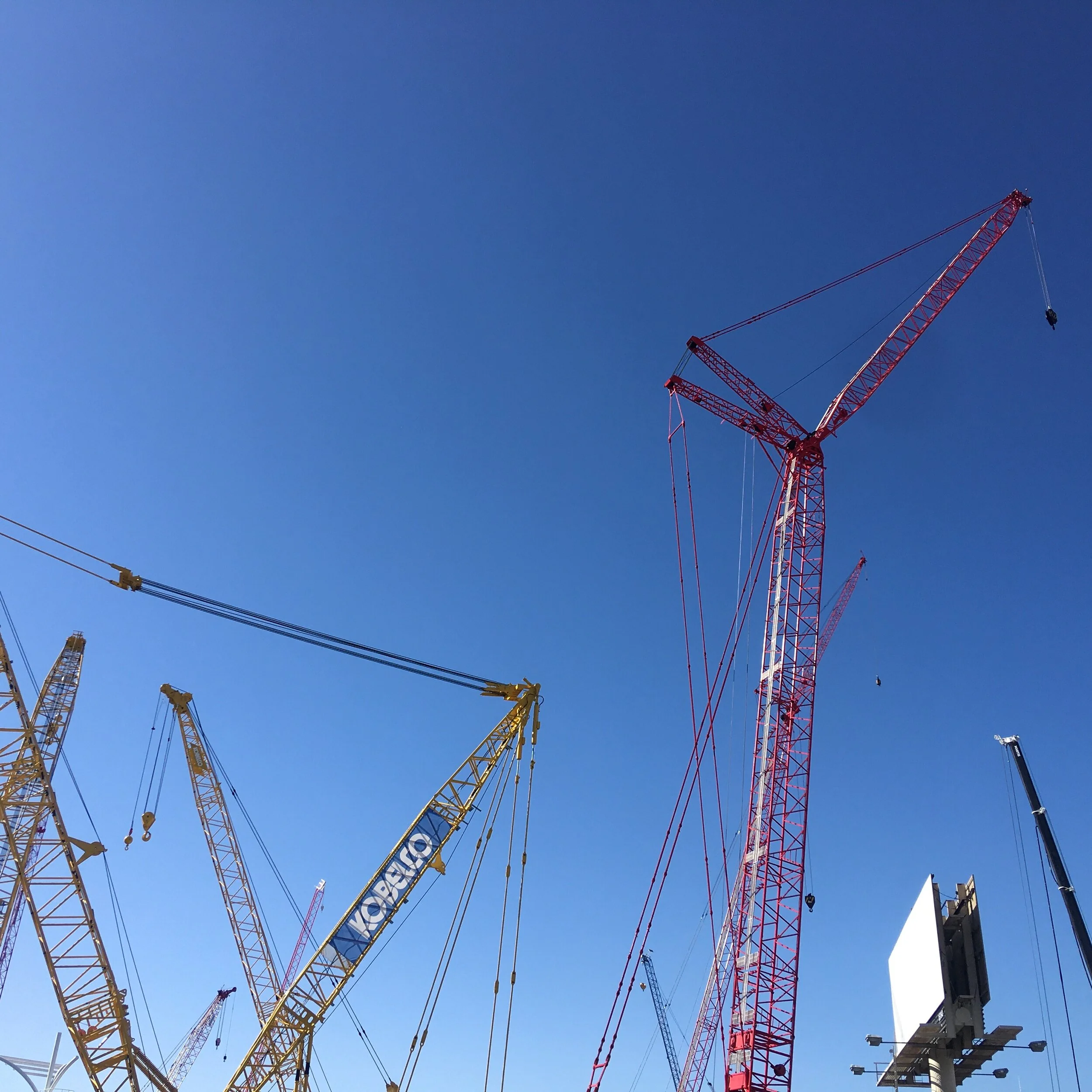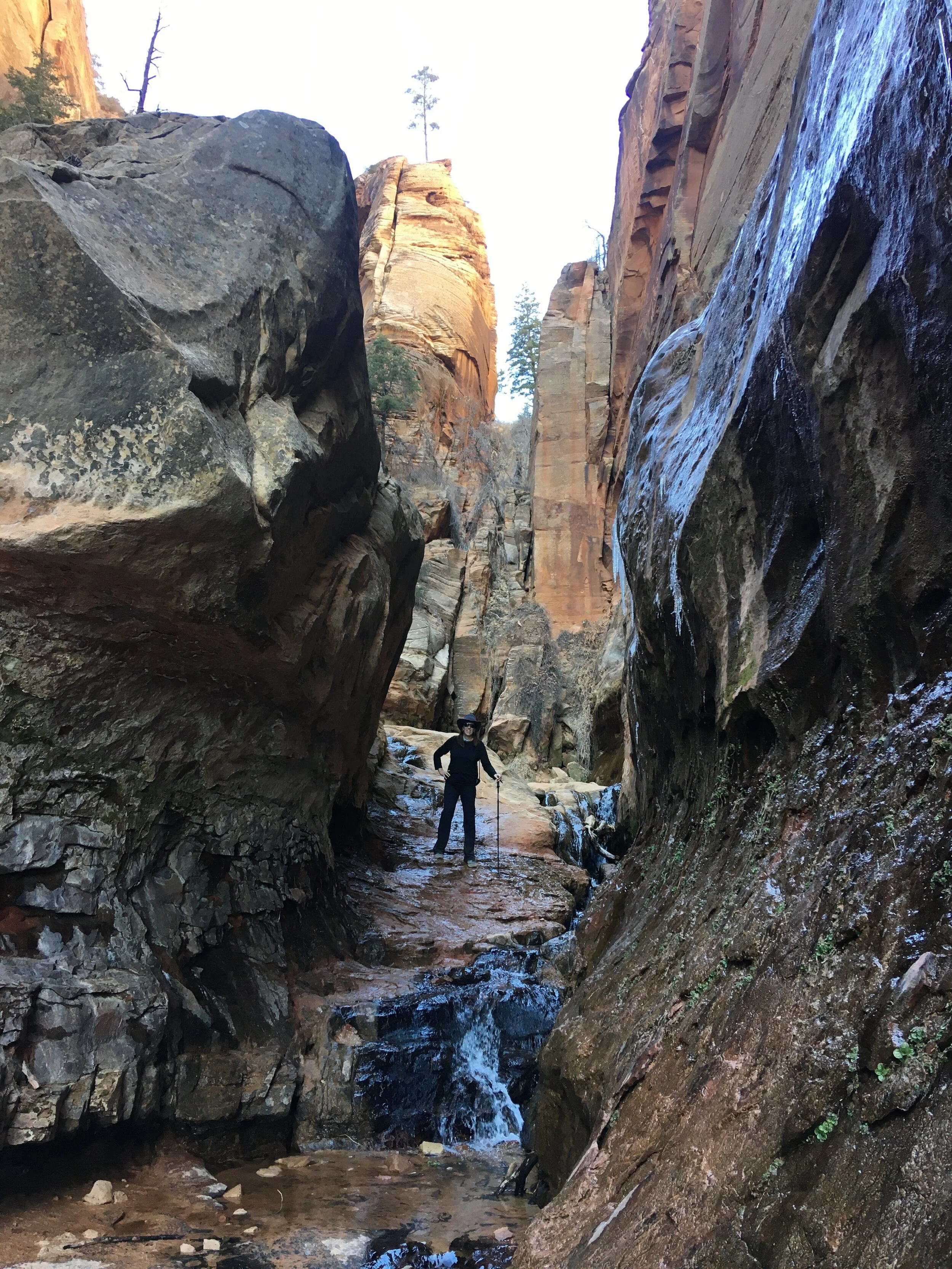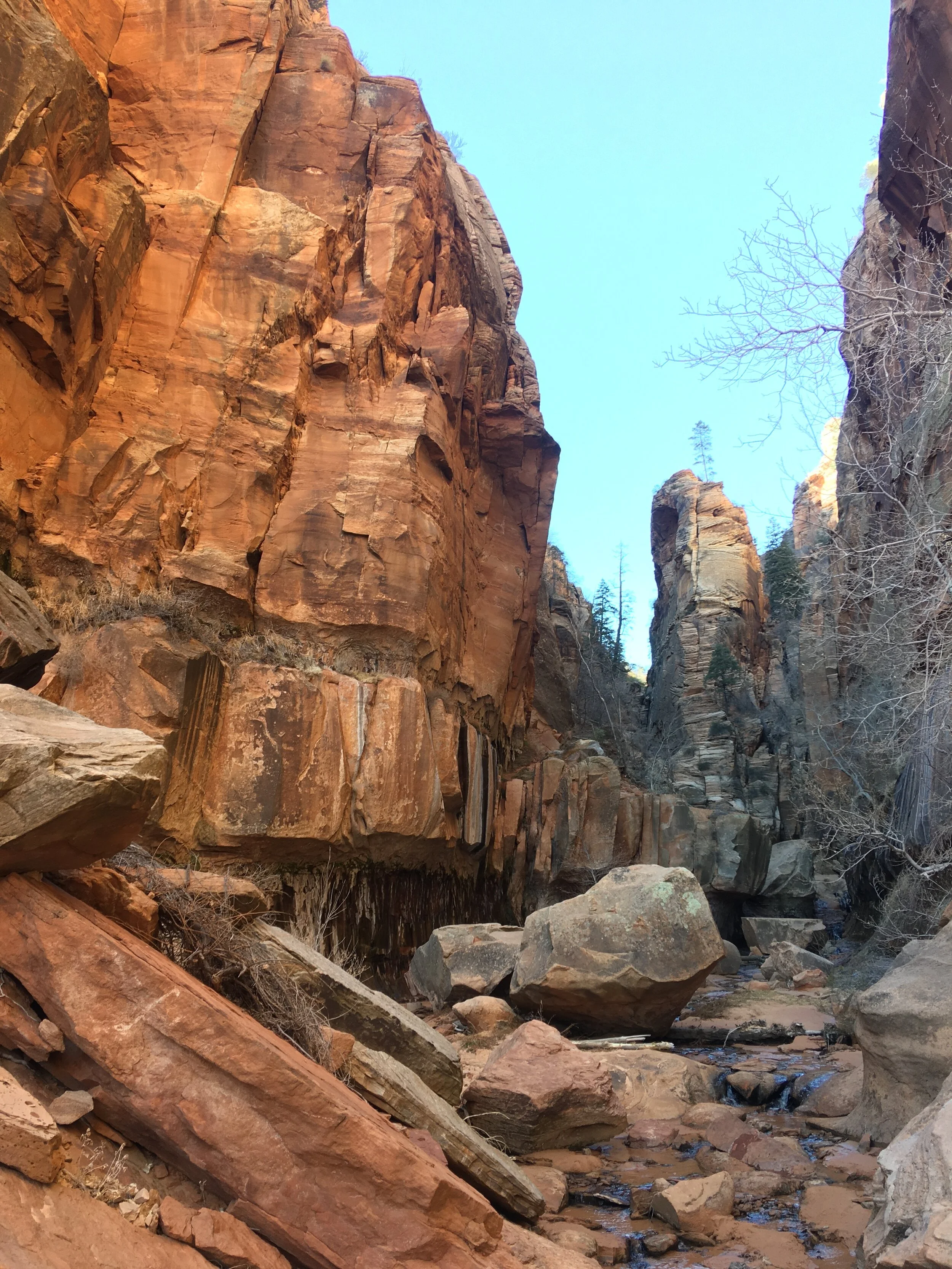i still have my nike “just do it” poster from my 90s bedroom; and what a concise message that is. little did i know back then—thumbtacking those words into drywall as a teenager—i would become friends with sammi and scott bedbury, who created and built the nike brand during that era.
swoosh!
do you know do you know do you know?
just do it.
i’m thinking about those three words this morning in a couple of ways.
one: i’m officially freeing myself from “needing” to catch up on my land art road trip in this journal before i write about other ideas! nobody cares if i tell you chronologically about my visits to laumier sculpture park and nathan manilow sculture park—and my subsequent fascination with mary miss, right? you’re here and reading this. it’s today, and i’ll get to all of that later. i’m just doing it.
two: in having conversations with sammi and scott about their lives in branding, i’ve been encouraged many times to think about distilling one’s brand into one or two or three words. in the past, doing business as pot + box, i was focused on growing my business, and chose oxygenating as my word. i love(d) that word as my word, and it motivated me when i needed it.
as i move into feeling the foundation of doing business as me, ‘lisa waud, botanical artist’, under my feet, i have been applying much of what i’ve learned in small business to building out a structure of supporting myself while producing public art. almost everyday, i copy and paste my bio and statement for interviews or grant and residency applications without revisiting their meaning. this morning, when i was thinking about writing this post, i realized i have not yet distilled my work down into my word. i paused, re-read my statement out loud to the dog, and rolled some words around in my mind.
the word “transportive” is bubbling up. i want to do work that gives people a hard reset, a pause button. and i want to do work that shares my platform with others who might not have access to share their work. and i want to do work that’s BIG and multi-sensory. so transportive it is.
so, that’s all i have to say today. i needed to get out from the arbitrary rules that i had in my mind but had no reason to exisit. if you are still with me, and have read this far, thank you.
sometimes i won’t write much here; i might only share inspirational, motivational, and beautiful things. today, i’m doing both. here are some things i like this week:
